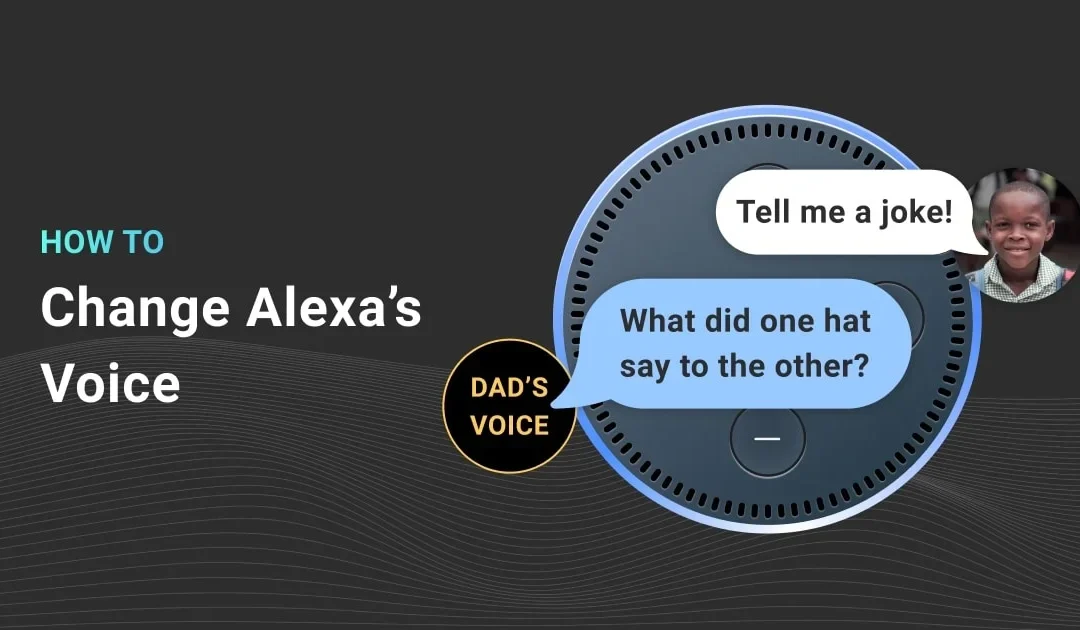Augmented reality is a powerful innovation, with countless augmented reality medical applications, tools for education, automotive, and other industries. The ability to stay in touch with the outside world while getting more data about the things around you makes the technology, non-invasive, versatile, and exciting for an augmented reality developer.
However, the lack of ability to integrate with the virtual setup not only visually but by speech limits the reach of the technology. To become more adaptable and powerful, augmented reality devices should converge with another promising innovation – voice recognition.
As a matter of fact, this audio-visual conversion might not be as utopic and expensive to implement as it seems. In this post, you will find out how the two innovations can blend together seamlessly and offer business owners, company executives, and public offices new opportunities.
Audio-visual Recognition Systems: Voice-AR Conversion Predecessors
Audio-visual voice recognition tools are the bedrock for bringing voice recognition and augmented reality closer together. Scientists have long been bothered by how the lack of any accompanying visuals affects the efficiency of audio recognition.
For instance, an audio-only system can’t read a person’s lips to get more data about the words that are coming out. Additional challenges arise when a solution has to determine someone’s gender or age judging by the voice alone.
The good news is, audio-visual recognition systems can use image recognition for higher analysis precision. The most common ways to empower such solutions are long short-term memory (LSTM) recurrent neural networks or feedforward sequential memory networks. They have separate audio and visual nets for examining both types of data.
The addition of visual recognition made the process of voice transcription considerably more
efficient. Researchers found out that the error rate decreases from over 50% to 26% once a visual recognition system is enabled.
Conducting simultaneous audio-visual recognition is still challenging for tech teams – the field of AVRS (short for audio-visual recognition systems) is a nascent one. However, seeing the advent and booming growth of the augmented reality market, one can’t help but think of the mixing augmented reality and audio could bring forth.
AR and Voice Recognition Convergence: Are We There Yet?
Intelligent virtual assistants and mobile-first devices have proven that the potential of voice recognition is huge. On the other hand, numerous augmented reality uses – the most talked- about one of which is Nintendo-backed AR-based ‘Pokemon GO’ – have showcased numerous ways to apply the innovation for business and pleasure.
Yet, you might think that mixing these technologies together requires too much tech power and isn’t sustainable. The thing is – we have already seen an impressive example of AR and voice recognition convergence as we’re about to witness in:
Home assistants
Gatebox, a Japanese virtual assistant is an interactive holographic girl, skilled in voice recognition and backed by machine learning skills. It really is just like Alexa, Siri, or Cortana – only with the appeal of augmented reality thrown into the mix. Azuma Hikari can recognize your face and the surroundings in the area.
On top of that, the character has a distinct personality, aspirations, and dreams, giving the appearance that it has a superior level of intelligence to that of most virtual assistants.
More engaging content
Entertainment is another field where the convergence of AR and IVA is likely to happen in the near future. For one, scientific papers describe interactive dramas and games where a player or a viewer will be able to interact with characters via speech recognition while the plot will unfold in a person’s own surroundings – a direct application of augmented reality.
By now, these concepts are theoretical – however, we are likely to see them come to life as soon as by the end of the next decade.
E-commerce applications
AR-based shopping assistants are widely used by apparel and other brands. However, H&M took things to the next level introducing voice shopping to their AR-based styling app. Now, a shopper can order outfits by voice thanks to an integration with Google Assistant, and see the displayed a holographic screen. Hopefully, other augmented reality companies in the sector – like Zara or Burberry, will follow in H&M’s footsteps leading to a widespread AR/voice convergence.
Connecting Voice and Visual Inputs
In case you are building a project that would benefit from using both speech recognition and AR programming languages, you might be wondering what are the ways to set up such a system. Here are the practices you can use to empower your project:
- Adding speech recognition to the front-end;
- Create augmented reality apps with a separate system architecture for voice recognition purposes;
- Use ‘command-and-control’ interfaces.
Here are some of the tools you can use to pair voice, AI and AR:
Voice
Augmented reality
Challenges of Voice/AR Convergence
Since the idea of bringing these technologies together is largely uncharted territory, development teams should be aware of the challenges they might have to face down the road to prevent financial losses and burnout. Here are the hurdles a convergence project will inevitably have to face:
- High development costs. Implementing a single innovative technology is expensive enough since you need to invest in additional tools and a skilled workforce. Bringing the two together, however, is yet less affordable since the tools needed are mostly custom and the workforce has to be either exceptionally skilled or highly enthusiastic to delve into the field that is not well-explored.
- Challenges for end-users. Most augmented reality smart glasses are expensive and uncomfortable to use. Adding speech recognition to the mix will likely tank the performance of the platform, making it unnecessarily bulky and inconvenient.Chances are, due to the poor performance of the tool, people will not be able to explore and reap their potential benefits.
- Lack of talent. Innovative technologies – AI, AR, data science, and such – are known for fierce talent wars. Building the team for handling a convergence project will be extremely difficult if you don’t have the highest AR developer salary to offer or a prestigious name backing you up. A business manager will have to connect with a hire on a personal level to lure him into the workplace or come up with an idea that resonates with an applicant better than other offers do.
- Regulations are poorly developed. There are no guidelines and practices to follow when developing a convergence project, let alone legal regulations. The field is in the ‘Wild West’ state – on the one hand, it’s exciting and offers a ton of freedom. On the other, you might be forced to reorganize the workflow once new regulations are in place, subjecting the team to inconveniences and financial losses.
Conclusion
Bringing augmented reality and voice recognition systems together is not easy. Both technologies are relatively immature, with high error rates. On top of that, they require a lot of hardware and software power to implement, are tricky to maintain, there are no set-in- stone methods or assistive technologies to help developers out.
Having said that, the convergence of the two is inevitable. Although most activities that are done in the field are extremely low-key and come from academia, it will not take long for theprivate sector to jump on the bandwagon and start financing projects with AR and voice recognition convergence.
Implementing AR and voice recognition in a standalone solution can help you make a name among the frontrunners of tech innovation and attract new customers – think of the ways these technologies can benefit your existing project and use them to build new revolutionary products.





